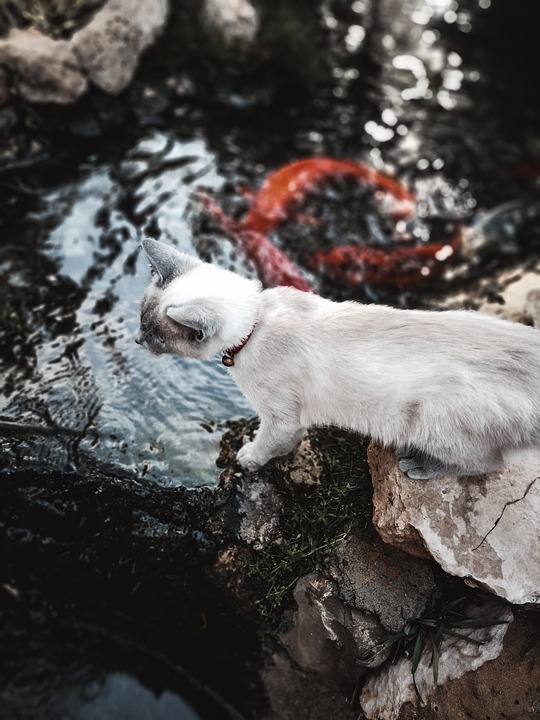Introducing new fish to an established tank can be a delicate process that requires careful consideration. The well-being of both the new fish and the existing tank inhabitants must be taken into account to minimize stress and ensure a successful transition. In this article, we will discuss effective strategies and best practices to help you introduce new fish without causing unnecessary stress.
Before introducing new fish, it is crucial to prepare the tank and create a suitable environment for the newcomers. One essential step is to set up a separate quarantine tank. This tank allows you to acclimate and observe the new fish before introducing them to the main aquarium. By doing so, you can prevent the introduction of diseases or parasites that could harm the existing fish.
It is also important to ensure that the water parameters in your main tank are stable and appropriate for the species you are introducing. Consistent temperature, pH, ammonia, nitrate, and nitrite levels are crucial for the health of the fish.
Researching the specific species you plan to add is essential. Understanding their behavior and social hierarchy dynamics will help you introduce fish with similar temperaments and compatible social structures. This will reduce aggression and stress among the tank inhabitants.
Proper acclimation is vital to minimize stress and help new fish adjust to the existing tank conditions. One method is to float the sealed bag containing the new fish in the main tank for about 15-20 minutes. This allows the temperature inside the bag to gradually equalize with that of the tank, preventing thermal shock. Another method is drip acclimation, where water from the main tank is slowly dripped into the quarantine tank for approximately 1-2 hours. This helps the fish adjust to differences in water chemistry. Once the acclimation process is complete, carefully transfer the fish from the quarantine tank to the main tank using a net, avoiding adding water from the quarantine tank to the main tank.
During the introduction process, it is crucial to minimize stress factors that can negatively impact the new fish and the established tank inhabitants. Dimming the lighting in the main tank for a few hours after introducing new fish can help reduce stress and allow the fish to acclimate to their new surroundings. Providing ample hiding spots, such as plants, rocks, or caves, can also help reduce stress levels by allowing new fish to establish territories and hide if they feel threatened. Monitoring the interaction between existing fish and newcomers is important. If aggression is observed, consider rearranging tank decorations or adding more hiding spots to diffuse tension.
Here are some frequently asked questions related to introducing new fish to an existing tank:
Q1. How long should I quarantine new fish before introducing them to the main tank?
A1. It is generally recommended to quarantine new fish for a minimum of 2-4 weeks. This period allows you to observe their health and behavior for any signs of illness or disease.
Q2. Can I add multiple new fish at once?
A2. It is advisable to introduce new fish in small groups rather than all at once. This gradual approach helps maintain the balance of the tank and minimizes stress for both the new fish and existing inhabitants.
Q3. Should I feed the fish immediately after introducing them to the main tank?
A3. It is best to wait a few hours before feeding the fish. This allows them to settle and reduces the risk of uneaten food polluting the water.
Q4. What signs should I look for to identify stress or aggression in the tank?
A4. Signs of stress or aggression include excessive hiding, loss of appetite, fin nipping, chasing, or physical injuries. If you notice any of these signs, take appropriate steps to alleviate stress or separate aggressive individuals.
By following these guidelines and taking necessary precautions, you can introduce new fish to your existing tank without causing undue stress. Remember, patience and careful observation are key to a successful integration.









